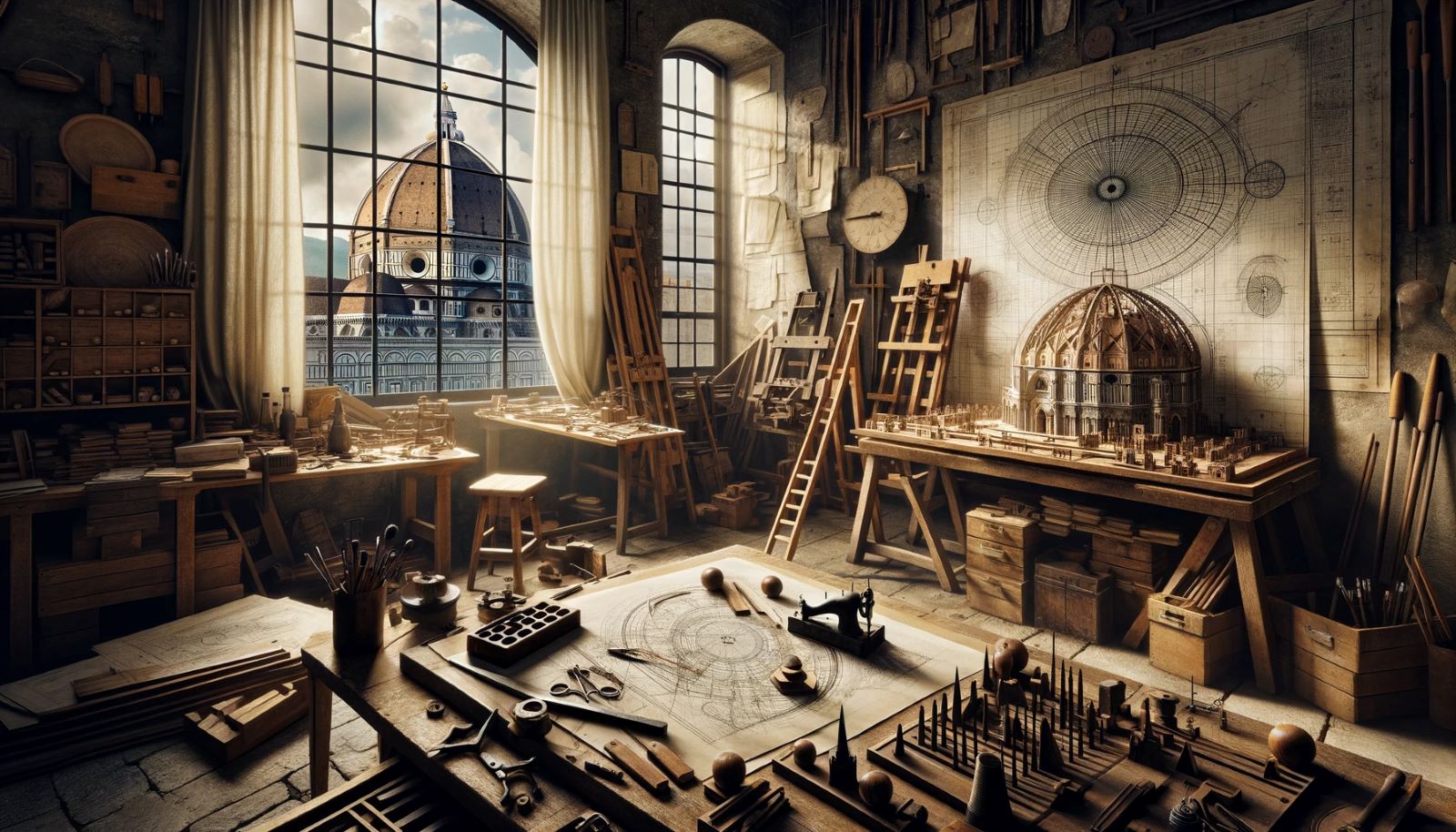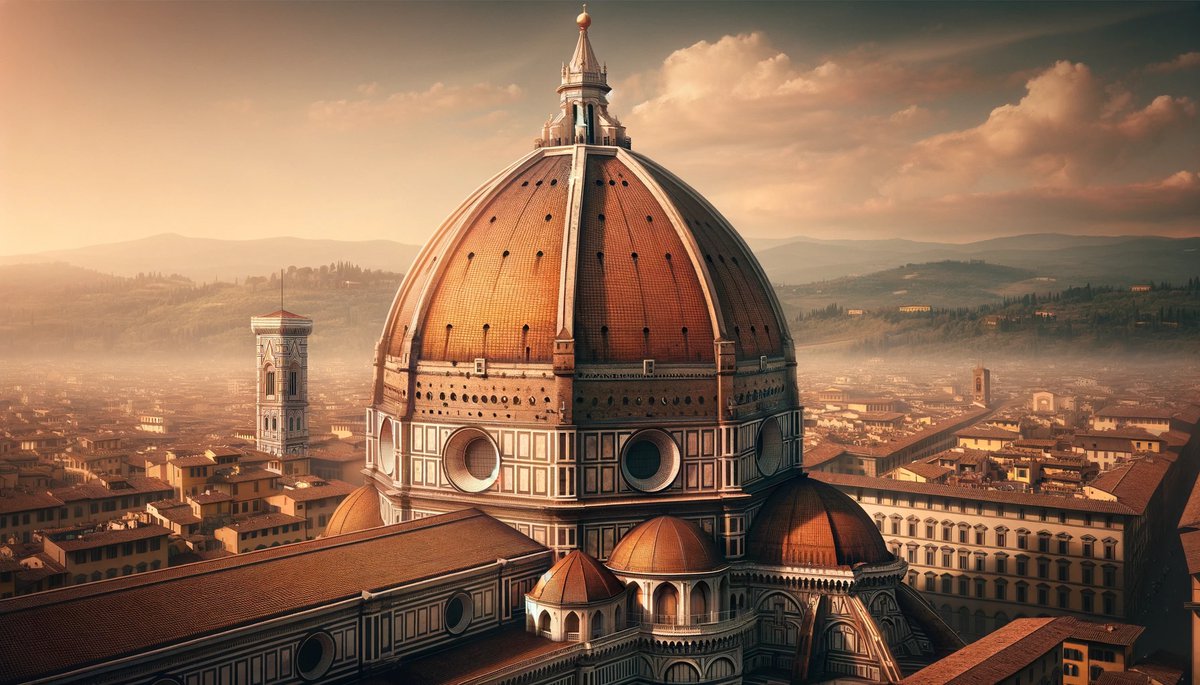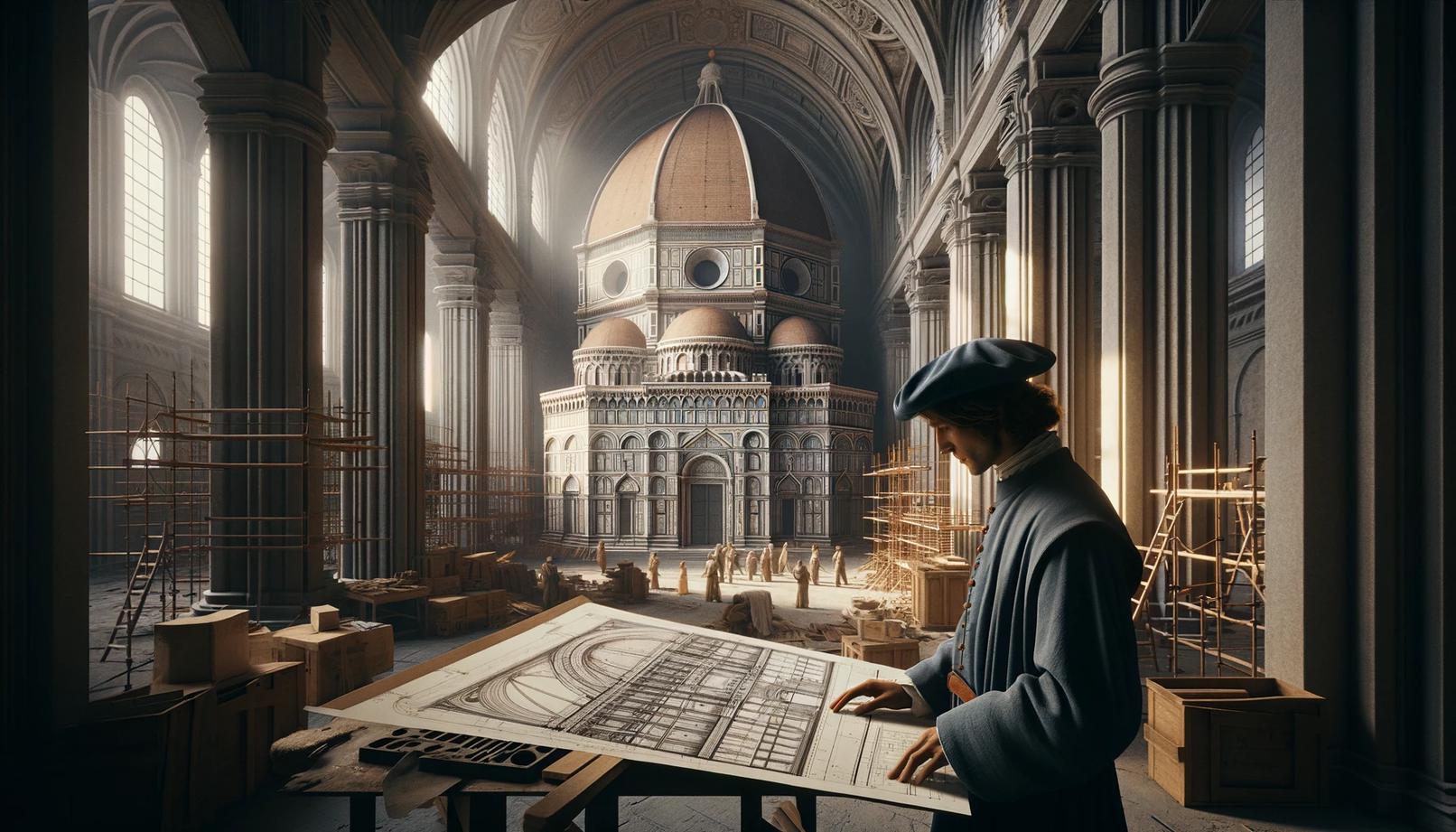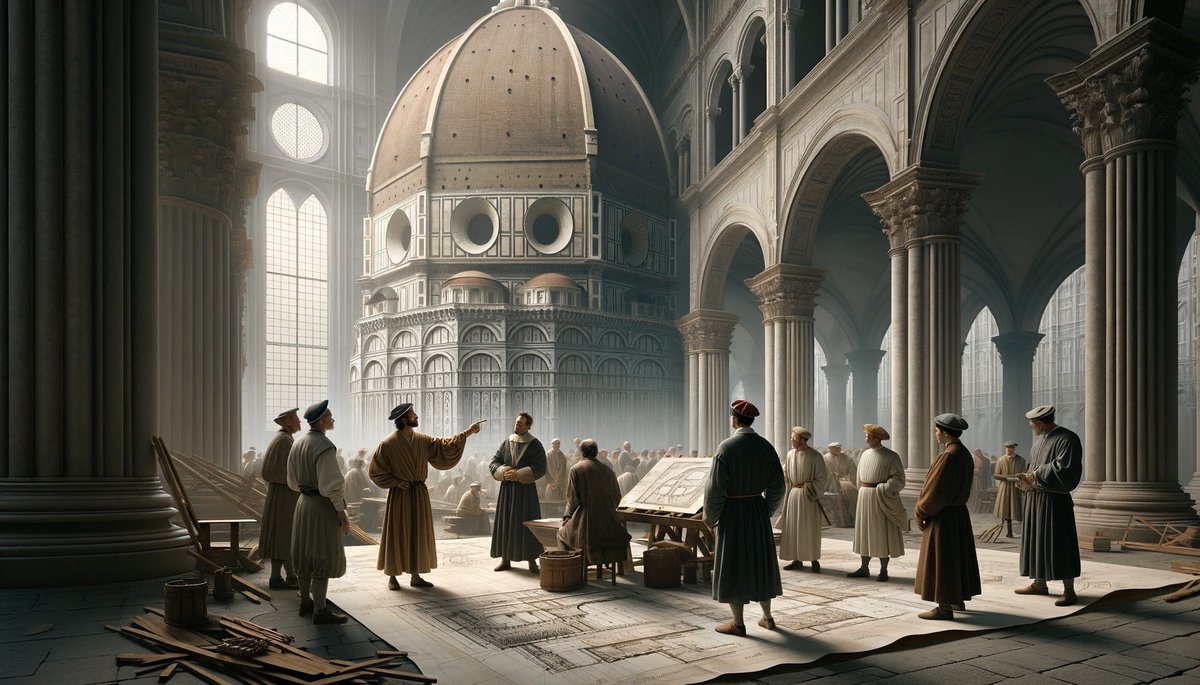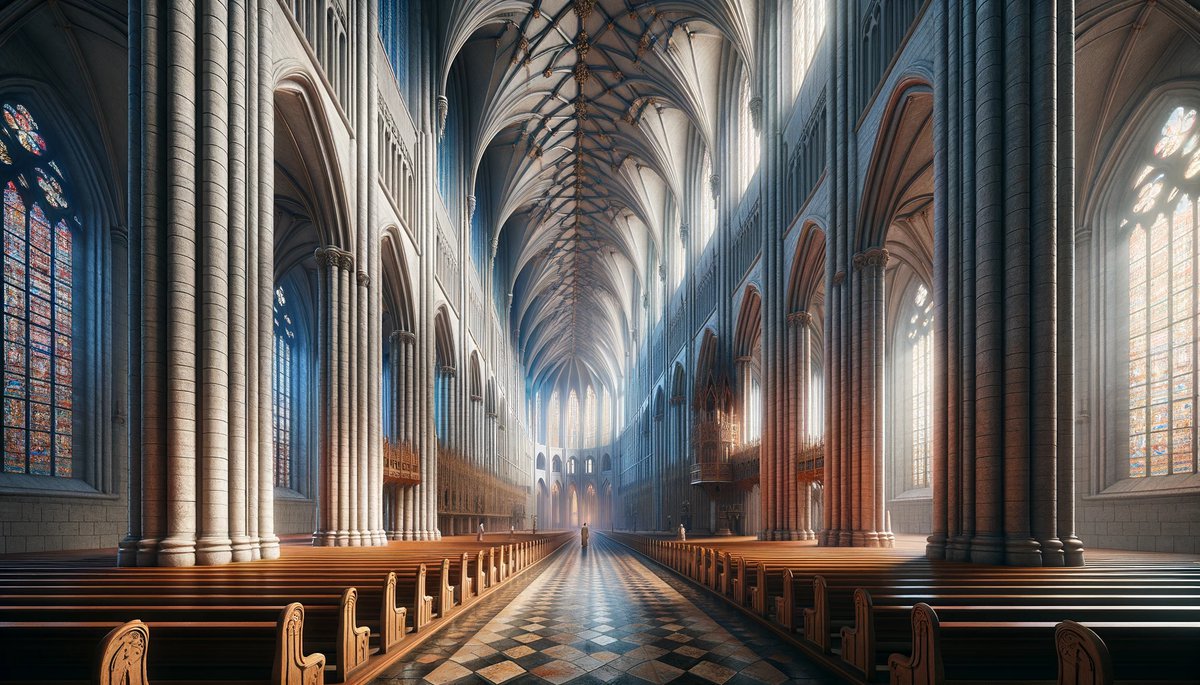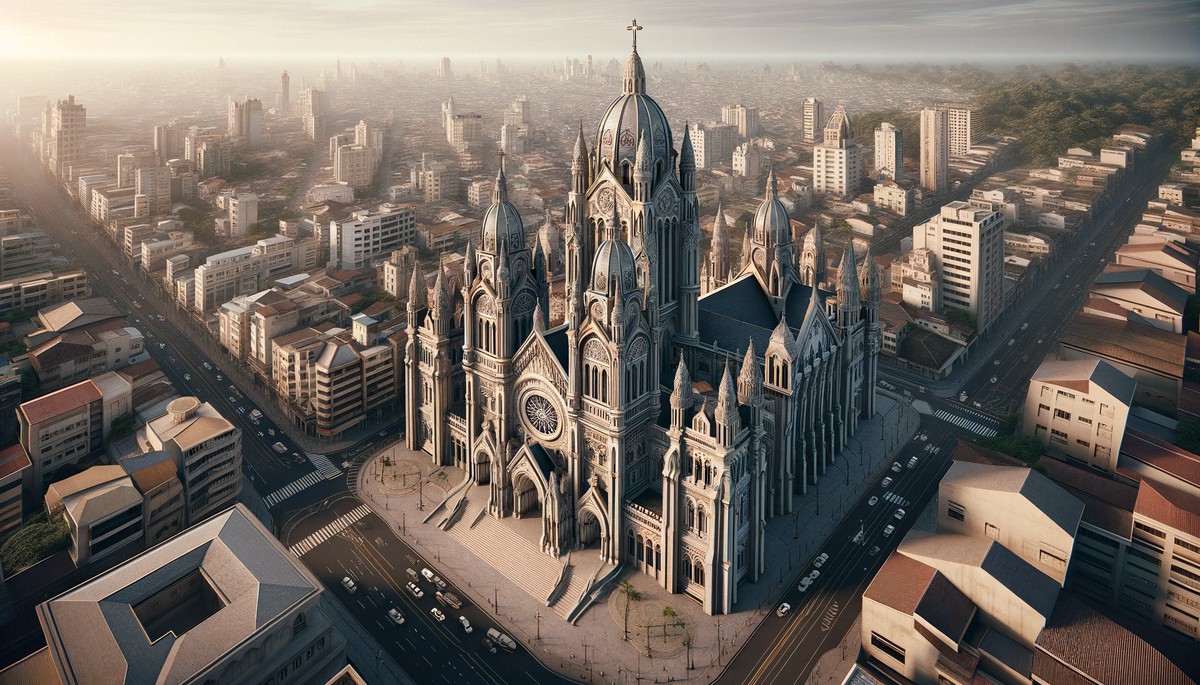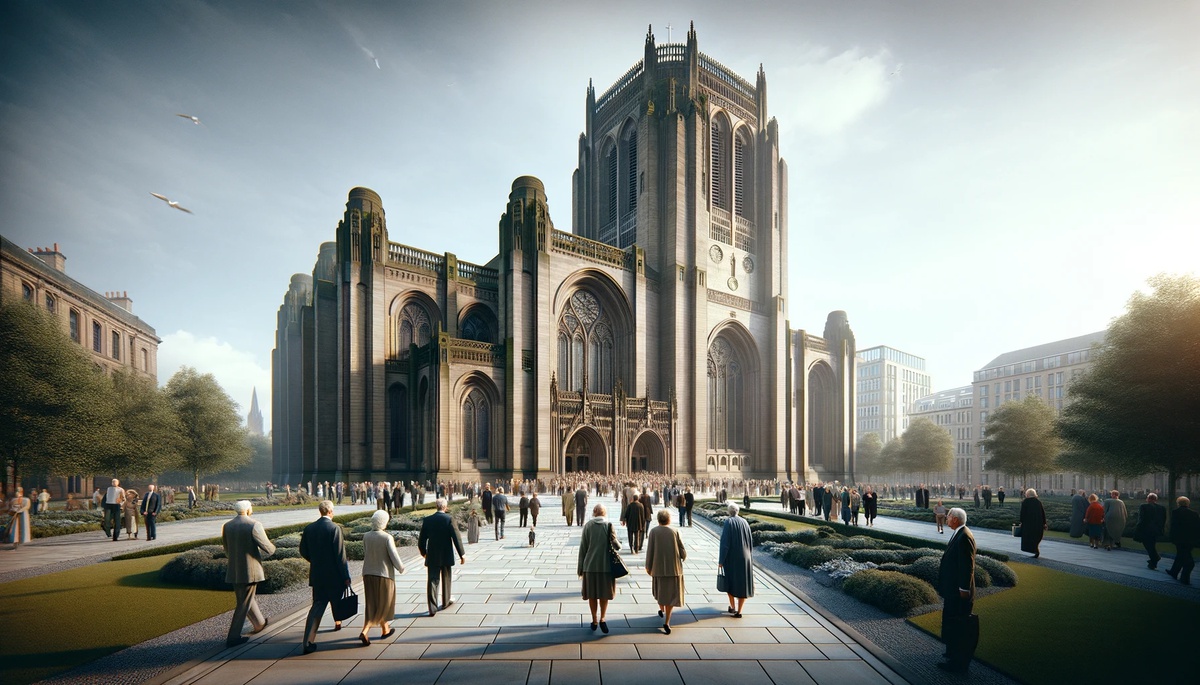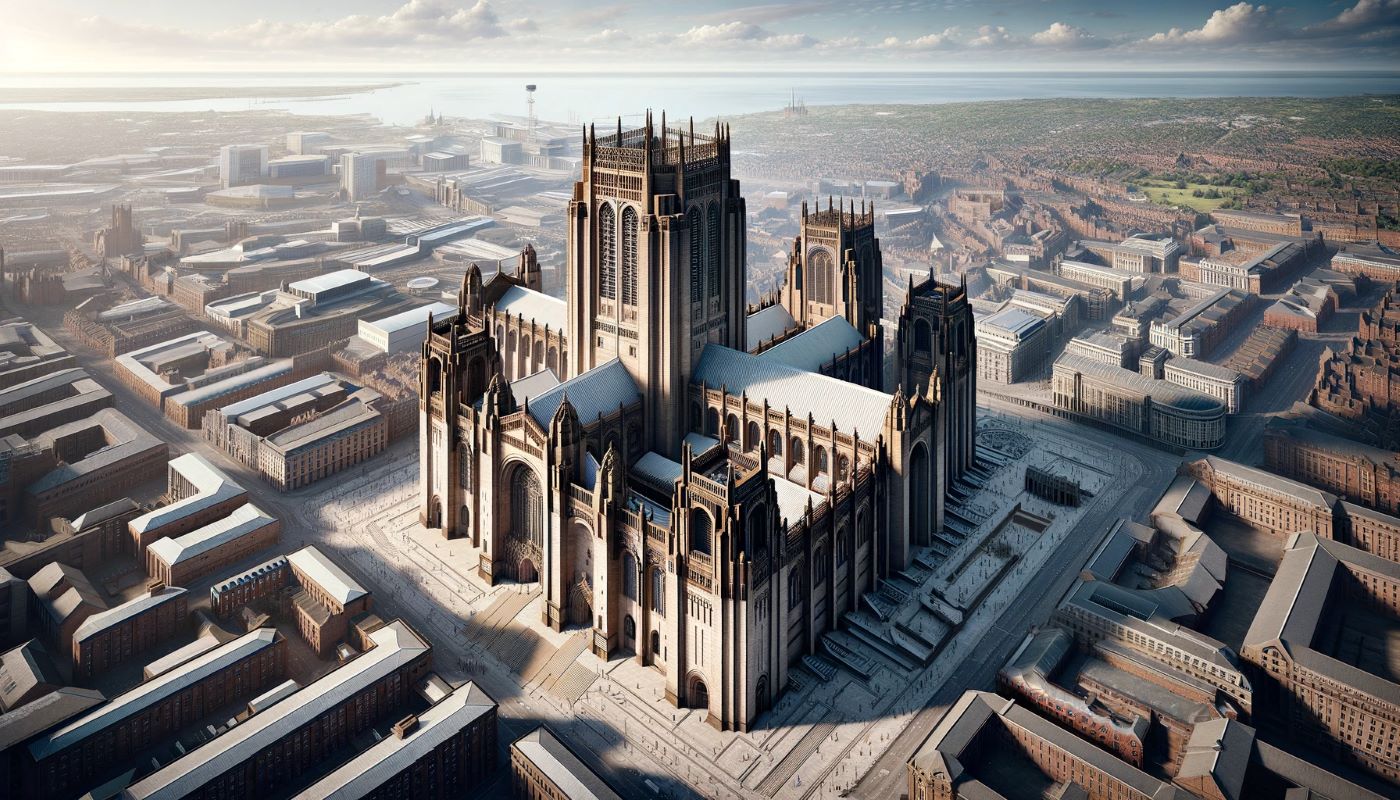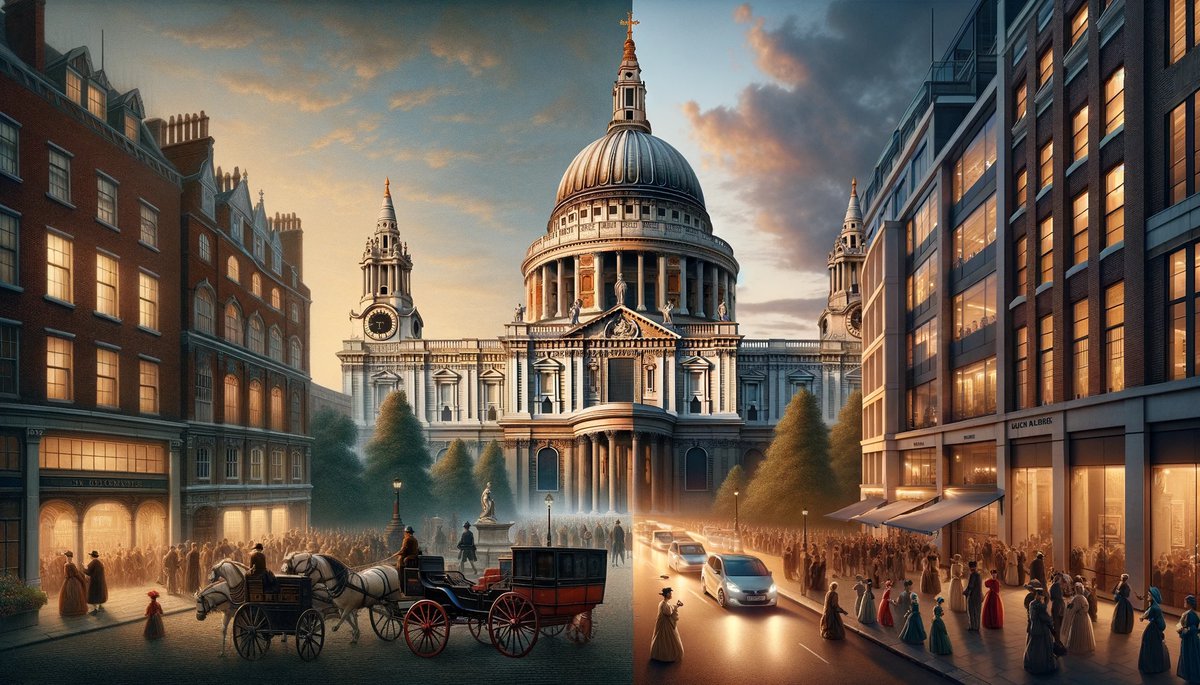Home>Arts and Culture>What Is Florence Cathedral


Arts and Culture
What Is Florence Cathedral
Published: February 15, 2024
Jason DeRose, Managing Editor at Christian.net, uses his expertise in religion and journalism to deepen understanding of faith's societal impacts. His editorial leadership, coupled with a strong academic background, enriches the platform’s diverse content, earning him recognition in both journalism and religious circles.
Discover the history and beauty of Florence Cathedral, a masterpiece of arts and culture. Explore its iconic architecture and rich artistic heritage.
(Many of the links in this article redirect to a specific reviewed product. Your purchase of these products through affiliate links helps to generate commission for Christian.net, at no extra cost. Learn more)
Table of Contents
Introduction
Welcome to the enchanting world of Florence Cathedral, a timeless masterpiece that stands as a testament to human ingenuity and artistic brilliance. Also known as the Cattedrale di Santa Maria del Fiore, this iconic cathedral is a symbol of Florence's rich cultural heritage and architectural prowess. As we embark on a journey to unravel the mysteries and marvels of this magnificent structure, prepare to be captivated by its grandeur and historical significance.
The Florence Cathedral, located in the heart of Florence, Italy, is a true marvel of Renaissance architecture and a jewel of the city's skyline. Its construction began in 1296, and the cathedral was consecrated in 1436. The sheer scale and intricate details of this architectural wonder continue to mesmerize visitors from around the globe, drawing them into a world where art, history, and spirituality converge.
Stepping into the shadow of the cathedral, one cannot help but be awestruck by the sheer magnitude of its dome, designed by the renowned architect Filippo Brunelleschi. The cathedral's facade, adorned with intricate marble panels and adorned with statues, exudes a sense of grandeur and elegance that is truly awe-inspiring.
As we delve deeper into the history, architecture, and artistic treasures of the Florence Cathedral, prepare to be transported back in time to an era of unparalleled creativity and cultural flourishing. Join us as we uncover the stories and secrets woven into the very fabric of this architectural marvel, and discover the profound impact it has had on the city of Florence and the world at large.
The Florence Cathedral is not merely a structure of stone and mortar; it is a living testament to the human spirit's boundless capacity for creativity and expression. Its towering presence serves as a reminder of the enduring legacy of the artists, architects, and visionaries who contributed to its creation, leaving an indelible mark on the annals of history.
So, fasten your seatbelts and get ready to embark on an unforgettable journey through the hallowed halls and majestic corridors of the Florence Cathedral, where every stone tells a story and every arch whispers a tale of bygone eras. Let's unravel the mysteries and marvels of this architectural gem, and immerse ourselves in the timeless allure of the Florence Cathedral.
Read more: How Big Is The Cathedral Of Florence
History of Florence Cathedral
The history of Florence Cathedral is a captivating saga that unfolds over centuries, weaving together the triumphs and tribulations of a city determined to create a monument that would stand the test of time. The origins of this architectural marvel can be traced back to the late 13th century when the city of Florence embarked on an ambitious endeavor to construct a cathedral that would surpass all others in grandeur and magnificence.
The construction of the cathedral, dedicated to Santa Maria del Fiore (Saint Mary of the Flower), commenced in 1296 under the guidance of Arnolfo di Cambio, a revered architect of the era. The initial plans aimed to create a structure that would not only serve as a place of worship but also symbolize the city's growing influence and prosperity. However, the road to completion was fraught with challenges, including financial constraints and technical hurdles.
One of the most iconic elements of the cathedral, the magnificent dome, posed a particularly daunting architectural conundrum. It was not until the 15th century that Filippo Brunelleschi, a visionary architect, presented a revolutionary design that would ultimately become the crowning glory of the cathedral. Brunelleschi's innovative approach to constructing the dome, utilizing a double-shell structure and a complex herringbone pattern, showcased the unparalleled ingenuity of Renaissance engineering.
The cathedral's construction spanned several generations, with each successive architect and artisan adding their own unique touch to the evolving masterpiece. The facade, adorned with intricate marble panels and embellished with sculptures, reflects the evolving artistic styles and influences of the time, creating a visual tapestry that narrates the cathedral's journey through history.
In 1436, after decades of meticulous labor and unwavering dedication, the Florence Cathedral was consecrated, marking a triumphant culmination of the city's enduring commitment to realizing a vision that had captivated the hearts and minds of its inhabitants for generations. The completion of the cathedral not only solidified Florence's status as a center of artistic and architectural innovation but also left an indelible imprint on the cultural landscape of Europe.
Today, the Florence Cathedral stands as a living testament to the resilience and creative spirit of humanity, a beacon of inspiration that continues to draw admirers and aficionados from across the globe. Its history is a testament to the unwavering determination of a city to defy the constraints of time and leave an enduring legacy that transcends generations.
Architecture of Florence Cathedral
The architecture of Florence Cathedral is a symphony of ingenuity and grandeur, a testament to the artistic and engineering prowess of the Renaissance era. From its awe-inspiring dome to the intricate details adorning its facade, every facet of the cathedral's design reflects a harmonious blend of innovation, tradition, and visionary ambition.
At the heart of the cathedral stands the iconic dome, a marvel of engineering and architectural brilliance. Designed by Filippo Brunelleschi, the dome's construction posed a monumental challenge that pushed the boundaries of contemporary knowledge and technology. Brunelleschi's innovative approach, utilizing a double-shell structure and a complex herringbone pattern, not only defied conventional wisdom but also set a new standard for dome construction. The result is a breathtaking feat of architectural achievement that continues to inspire awe and admiration.
The cathedral's facade, adorned with a mesmerizing display of marble panels and embellished with sculptures, is a testament to the evolving artistic styles and influences of the time. The intricate details etched into the facade, including depictions of biblical narratives and symbolic motifs, serve as a visual chronicle of the cathedral's rich history and cultural significance. The facade's elaborate design, characterized by a harmonious interplay of light and shadow, creates a captivating spectacle that draws visitors into a world of timeless beauty and artistic mastery.
The interior of the cathedral is no less remarkable, with its soaring arches, ornate stained glass windows, and exquisitely crafted altars. The intricate ribbed vaulting, a hallmark of Gothic architecture, adds a sense of ethereal grandeur to the sacred space, while the meticulously designed chapels and sacristy showcase the unparalleled craftsmanship of the artisans who contributed to the cathedral's splendor.
The bell tower, designed by Giotto di Bondone, stands as a magnificent companion to the cathedral, its elegant design and intricate decorations serving as a testament to the city's enduring commitment to architectural excellence.
As a whole, the architecture of Florence Cathedral stands as a timeless testament to the creative genius of the architects, artisans, and visionaries who dedicated themselves to realizing a vision that transcended the constraints of their time. It is a living embodiment of the Renaissance spirit, a celebration of human potential and a beacon of inspiration for generations to come.
Art and Decoration in Florence Cathedral
The art and decoration within the Florence Cathedral are a testament to the unparalleled creativity and artistic mastery of the Renaissance era. As one steps into the hallowed halls of the cathedral, a mesmerizing tapestry of visual splendor unfolds, captivating the senses and transporting visitors to a realm where every brushstroke and sculpted detail tells a story of devotion, inspiration, and human ingenuity.
The interior of the cathedral is adorned with a wealth of artistic treasures, each bearing the indelible imprint of renowned masters and skilled artisans. The stained glass windows, suffused with a kaleidoscope of vibrant hues, bathe the sacred space in a celestial glow, casting ethereal patterns of light that dance across the marble floors and ornate altars. These exquisite windows, crafted by esteemed artists such as Donatello and Lorenzo Ghiberti, depict scenes from biblical narratives and saints' lives, infusing the cathedral with a sense of divine splendor and spiritual reverence.
The cathedral's chapels and sacristy are veritable galleries of artistic marvels, housing a rich array of sculptures, paintings, and decorative elements that bear the hallmark of the Renaissance's aesthetic brilliance. The Chapel of the Magi, adorned with frescoes by Renaissance master Benozzo Gozzoli, unfolds a visual narrative of the Adoration of the Magi, enveloping visitors in a captivating tableau of color and movement. The Sacristy, designed by the illustrious Michelangelo, exudes an aura of timeless elegance, with its intricately carved marble panels and statues that epitomize the pinnacle of Renaissance artistry.
The cathedral's interior also features a wealth of sculptural adornments, including the celebrated Pieta by Michelangelo, a poignant masterpiece that captures the essence of human suffering and divine compassion with breathtaking realism. The pulpit, sculpted by the revered artist Donatello, stands as a testament to the fusion of artistic innovation and spiritual expression, its intricate reliefs and graceful forms embodying the essence of Renaissance aesthetics.
The exterior of the cathedral is no less adorned with artistic splendor. The facade, embellished with a profusion of marble panels and statues, serves as a testament to the collaborative efforts of renowned sculptors and artisans who contributed to its ornate grandeur. The intricate details etched into the facade, including depictions of biblical narratives and symbolic motifs, create a visual symphony that celebrates the cathedral's rich history and cultural significance.
In every corner of the Florence Cathedral, art and decoration intertwine to create an immersive tapestry of beauty and meaning, inviting visitors to embark on a visual odyssey through the annals of human creativity and spiritual devotion. The cathedral stands as a living testament to the enduring legacy of the Renaissance, a treasure trove of artistic wonders that continues to inspire and captivate all who behold its timeless allure.
Importance of Florence Cathedral
The Florence Cathedral holds profound significance as a cultural, historical, and architectural landmark, transcending its physical presence to embody the essence of human creativity, spiritual devotion, and artistic innovation. Its importance reverberates through the annals of history, shaping the identity of Florence and leaving an indelible mark on the world's cultural tapestry.
As a testament to the city's artistic and architectural prowess, the cathedral stands as a symbol of Florence's enduring legacy as a cradle of Renaissance art and culture. Its construction marked a pivotal moment in the city's history, signifying its rise as a center of artistic innovation and intellectual enlightenment. The cathedral's completion not only solidified Florence's status as a hub of creative brilliance but also catalyzed a cultural renaissance that reverberated across Europe, influencing generations of artists, architects, and thinkers.
The architectural and engineering feats embodied in the cathedral, particularly the revolutionary dome designed by Filippo Brunelleschi, continue to inspire awe and admiration, serving as a testament to human ingenuity and the relentless pursuit of excellence. The cathedral's innovative design and structural achievements set new standards for architectural magnificence, shaping the course of architectural history and influencing subsequent generations of builders and designers.
Beyond its architectural significance, the Florence Cathedral holds profound spiritual and cultural importance. As a place of worship and pilgrimage, it has served as a focal point for spiritual contemplation and communal gathering for centuries, fostering a sense of unity and reverence among the city's inhabitants and visitors from around the world. The cathedral's sacred spaces, adorned with exquisite art and religious iconography, offer a sanctuary for reflection and spiritual solace, inviting individuals to connect with the divine and immerse themselves in the beauty of religious devotion.
Furthermore, the cathedral's artistic treasures, including masterpieces by renowned artists such as Michelangelo, Donatello, and Giotto, stand as a testament to the enduring legacy of the Renaissance. These works of art, housed within the cathedral's hallowed halls, encapsulate the pinnacle of human creativity and aesthetic expression, serving as a living testament to the transformative power of art and its ability to transcend time and inspire generations.
In essence, the Florence Cathedral's importance extends far beyond its physical dimensions; it embodies the spirit of human achievement, cultural enlightenment, and artistic brilliance. Its enduring legacy continues to resonate through the ages, inviting visitors to embark on a journey through history, art, and spirituality, and reaffirming its status as a timeless beacon of human creativity and cultural heritage.

